Home Alone, Love Actually, The Polar Express, Elf, and the list goes on. These classic films have helped shape our mental image of Christmas or the winter holidays and what elements make the season feel more magical than the rest of the year. Depending on where you’re from, these key elements can greatly vary. Although the prolonged darkness and freezing temperatures that characterize December in Sweden are the complete opposite to what I’m used to during this time of the year, the past two Christmas seasons that I spent in Uppsala have introduced me to a new set of Christmas-related elements to look out for once winter starts. Here are my top 5 (in no particular order):
1: Advent Countdowns
The appropriate time to start preparing for Christmas is always a topic of debate across different cultures. Some countries start as soon as the calendar gets to the -ber months while others prefer to start the festivities at the last minute. For Swedes, once the iconic triangular advent candle holder (Adventsljusstake) makes its appearance on their window sills, usually on the first Sunday of Advent, you know it’s time to start counting down to Christmas. Another Advent tradition in Sweden is Julkalendern on SVT, wherein a new series – sometimes featuring characters from classic Swedish literature – is shown on the channel every year. Not only is it one way to count down the days to the festivities, but it is also a good way to learn more about Swedish culture and the language.
2: Lucia
The 24th or 25th (depending on when you celebrate) is not the only special day of December for Swedes. Rooted in both religious and pagan traditions or legends, Lucia, which is held on the 13th of December, is another festive day where lots of gasques and choir performances take place to celebrate light in the midst of the dark winter. To fully explain Lucia would require a whole individual blog post, but if it were to be summarized in a few phrases, the words “lussekatter”, “pepparkakor”, “glögg”, “lady in white with a ring of candles on her head” would definitely appear.
3: Christmas Decorations and Musical Performances
It truly is the most wonderful time of the year with all the warm lights around the city, the decorated domkyrka, the iconic small ceramic houses where you put candles in, and even miniature Christmas villages. There are also several choir and orchestra performances at different venues including the churches, the nations, the main university building, and even the campuses throughout the month, especially as Christmas draws near. While some of the performances require tickets, there are also a lot of free ones. Just make sure to keep an eye out for them!
4: Julbord
Literally translating to “Christmas table”, julbord is a meal where people get together to celebrate the season. While each group can usually add their own twist to the tradition, with having a potluck where food from different countries are served is the most common, Swedish Christmas food like Janssons frestelse, meatballs, sill, julmust, glögg, Christmas ham, and different types of korv (sausage) definitely have to make an appearance! It’s a great way to celebrate with your newfound friends in Sweden as an international student.
5: Christmas Markets
Each city in Sweden usually has at least one Christmas market going on in December. While it’s true that you can also buy some of the products sold at the markets for a cheaper price at grocery stores, novelty shops, and the like, most of these products were handcrafted by locals. But even if you don’t go to buy something, Christmas markets can still be fun to go to, especially with friends, for the general vibe. You might even get a free taste of some of the products!
There might be some more Swedish Christmas traditions that did not make it to this list but also contribute to creating the Christmas spirit in Sweden. Make sure to follow @studyatuu on Instagram to see the different ways that international students in Sweden celebrate the winter holidays.
What about you, what’s your favorite Swedish Christmas tradition?

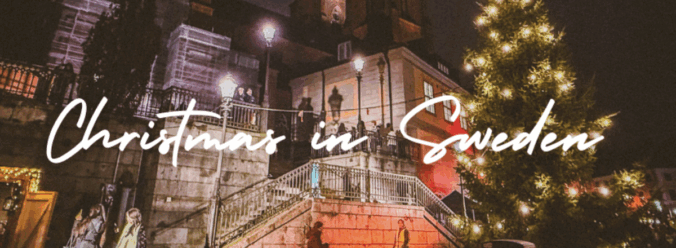

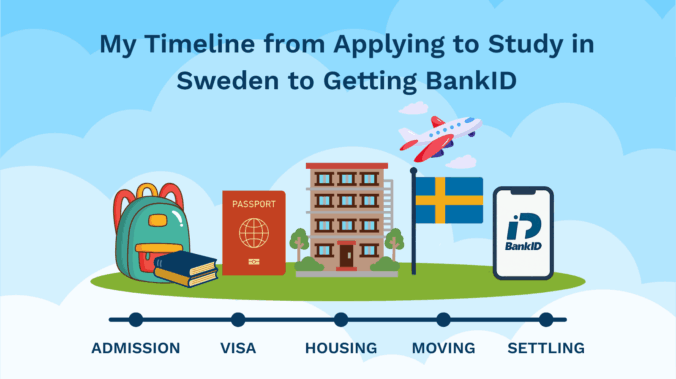
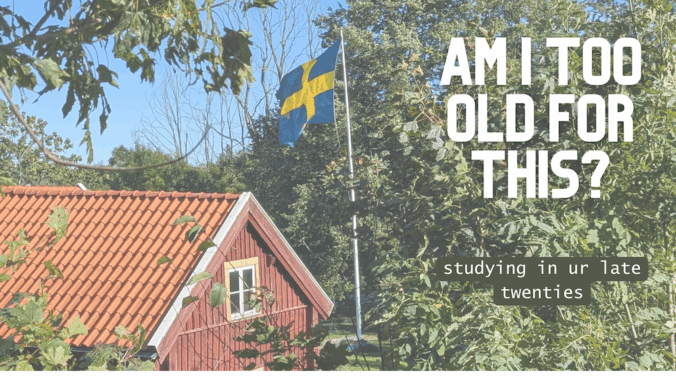
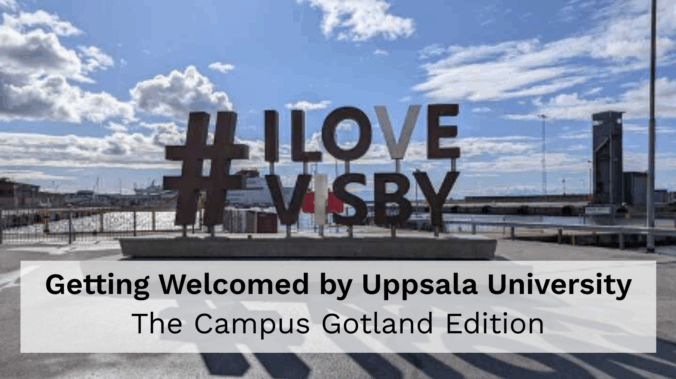

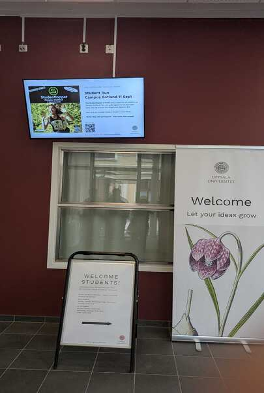
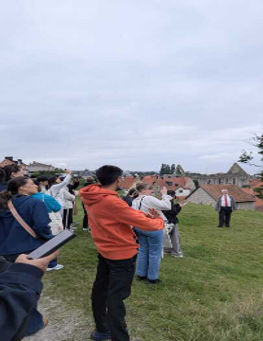
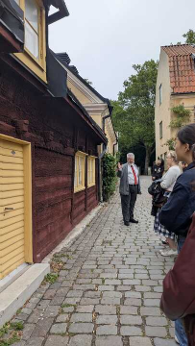
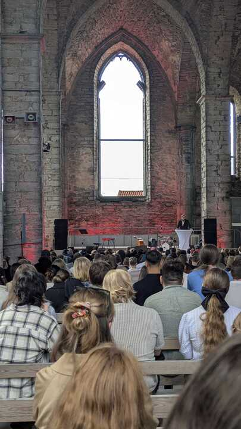
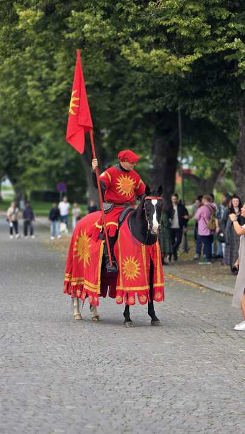
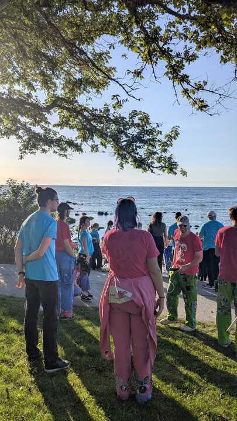
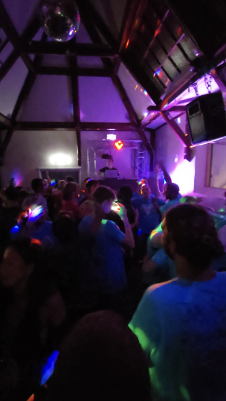
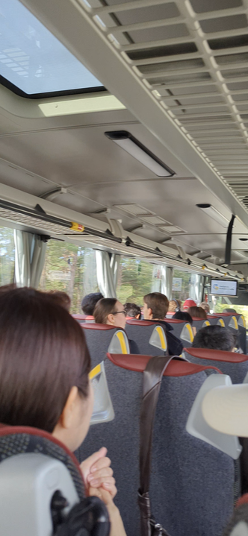
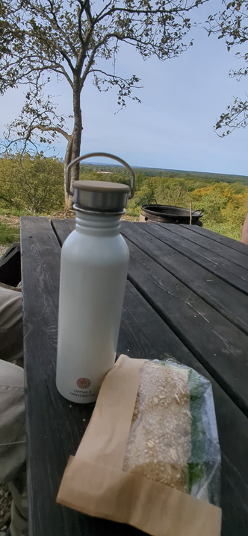

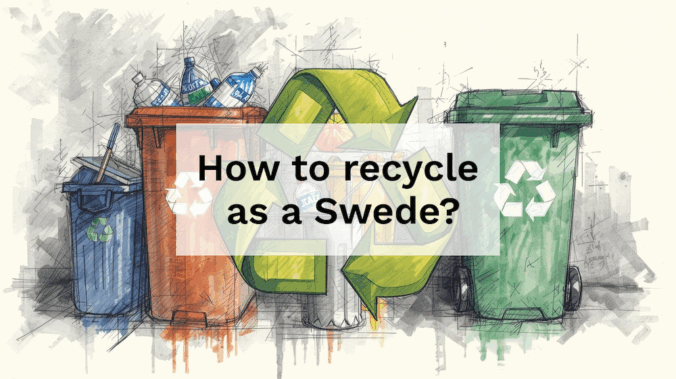
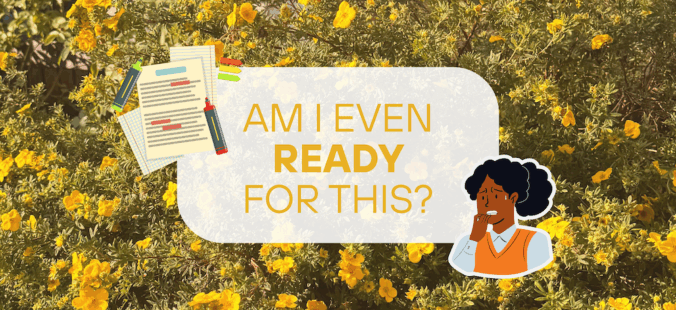

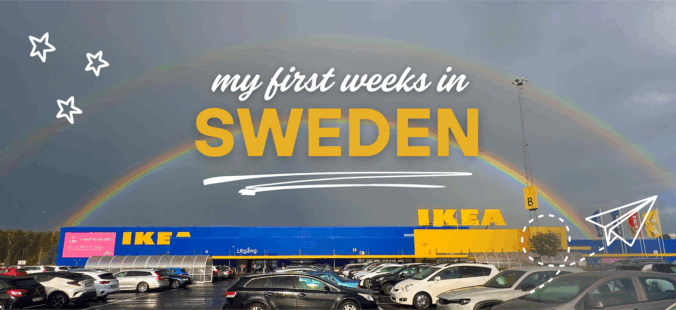
Recent Comments